- Category
- War in Ukraine
Who Are the War Criminals Russia Honors in Its Victory Day Parade?
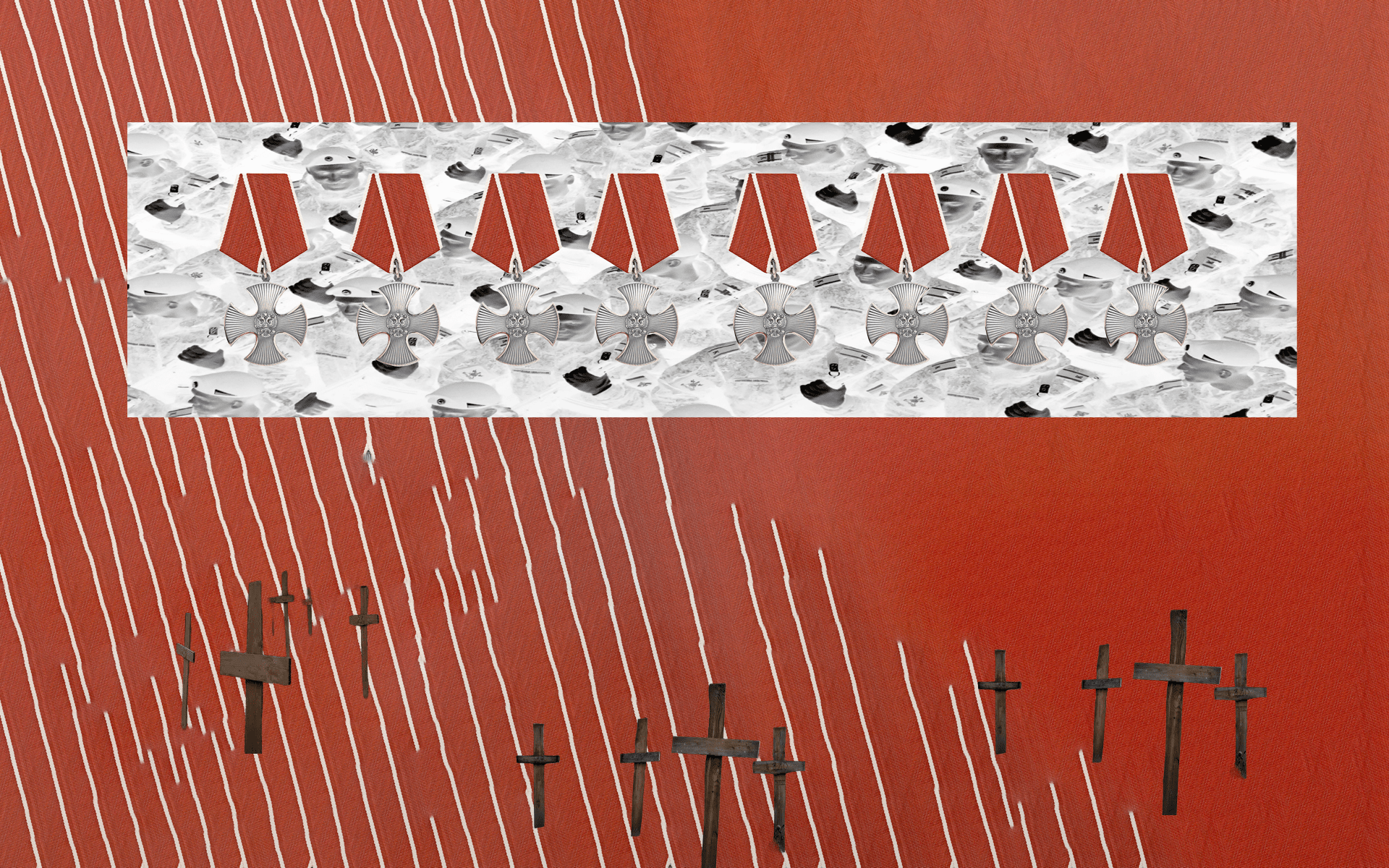
Vladimir Putin will once again take his place in Red Square on May 9, flanked by senior military leaders and foreign dignitaries. The parade, supposedly held to honor the Soviet victory over Nazi Germany, now celebrates Russian soldiers directly connected to documented war crimes.
For the fourth time since Russia launched its full-scale invasion, officers and units implicated in atrocities from Bucha to Mariupol are expected to be honored in Moscow’s most high-profile military event. Over twenty foreign leaders will also be present during the parade.
Elite units from across all branches of the Russian Armed Forces will be rotated off the front lines to march through Moscow’s Red Square in full ceremonial uniform. Like the ones before it, this year’s parade comes with a paper trail.
A UNITED24 Media investigation—drawing on information from Ukraine’s Defense Intelligence (HUR) and the Ministry of Foreign Affairs—has identified the units and commanders who marched in previous Victory Day parades. Many of them are linked to documented war crimes committed throughout the full-scale invasion.
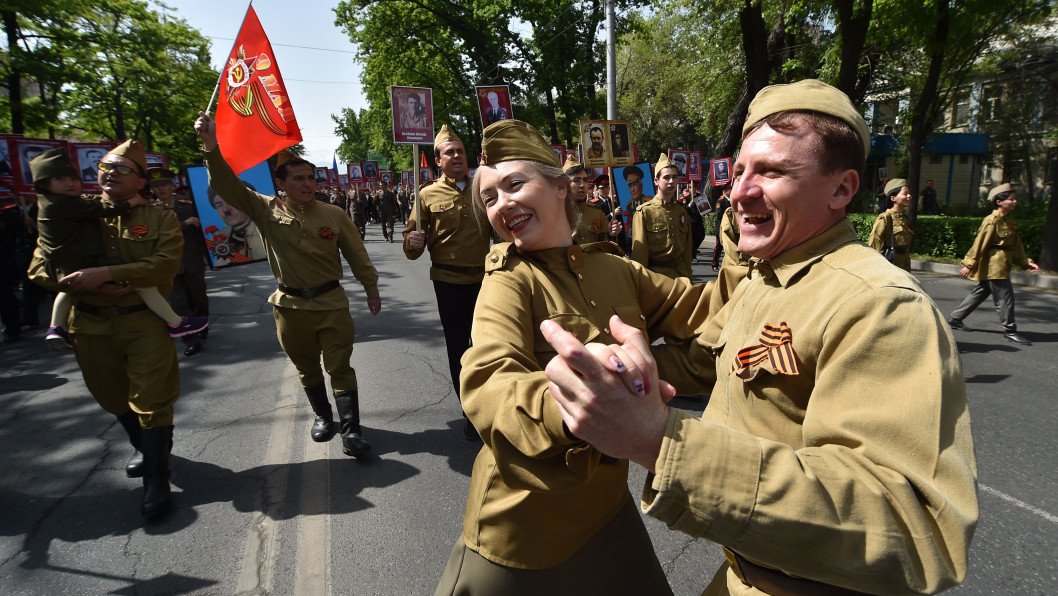
112th Guards Missile Brigade and 448th Missile Brigade
No classified intelligence is needed to identify them—just footage from the parade. Servicemen from the 112th Guards Missile Brigade and the 448th Missile Brigade took part in Russia’s 2023 and 2024 Victory Day parades, marching in full ceremonial uniform through Red Square.
Their participation was broadcast live, with unit names publicly announced. Both brigades have been directly and jointly implicated in major war crimes, according to Ukrainian military intelligence. It includes the April 13 missile strike on Sumy—one of the deadliest attacks on civilians since the start of the full-scale invasion.
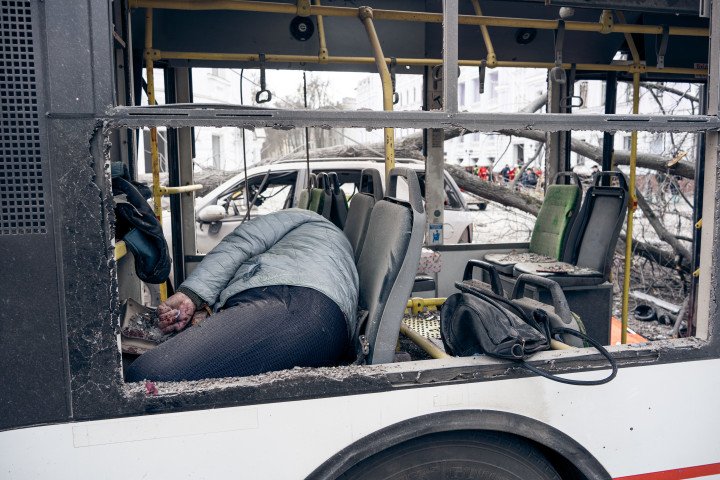
Ukrainian military intelligence, led by Kyrylo Budanov, asserts that both brigades launched Iskander-M ballistic missiles from Russian territory: the 112th from Voronezh, the 448th from Kursk. The missiles hit the center of Sumy, killing at least 35 civilians, including children, and injuring more than 100. Cluster munitions were reportedly used in the strike, a weapon banned under international law in civilian areas.
And this wasn’t a one-off. The 112th has already been linked to previous high-casualty attacks, including the October 2023 missile strike on a funeral in Hroza that killed 59 people, and the destruction of a demining office in Kharkiv earlier in the war.
In the wake of the Sumy massacre, Ukraine launched retaliatory drone strikes on both brigades’ bases, damaging infrastructure and triggering secondary detonations in Ivanovo and Kursk Regions. Ukrainian authorities have since published dossiers on the personnel involved and have vowed to hold all responsible parties accountable—from their commander, Sergey Ponomarev, to Captain Roman Konstantinayko, who was recently assassinated.
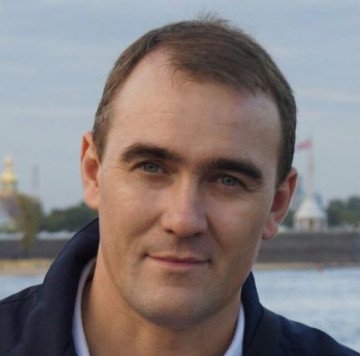
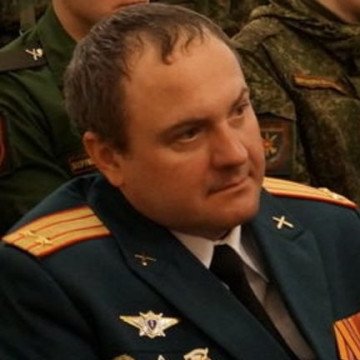
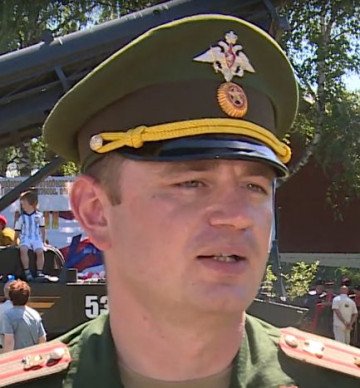
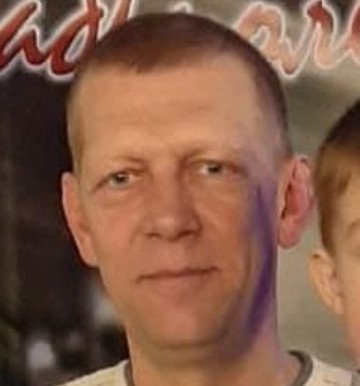
16th Guards Spetsnaz Brigade
Servicemen from the 16th Guards Spetsnaz Brigade were seen marching in full dress uniform during Russia’s 2023 Victory Day parade in Moscow. The unit’s presence was publicly documented in televised broadcasts and official coverage of the event.
The 16th is a special forces brigade under the command of the GRU, Russia’s military intelligence agency. Members of the unit have been convicted of war crimes committed during the occupation of Ukraine’s Kharkiv region. In a high-profile case from September 2022, four soldiers from the brigade were found guilty by a Ukrainian court of torturing three civilians in the village of Borova.
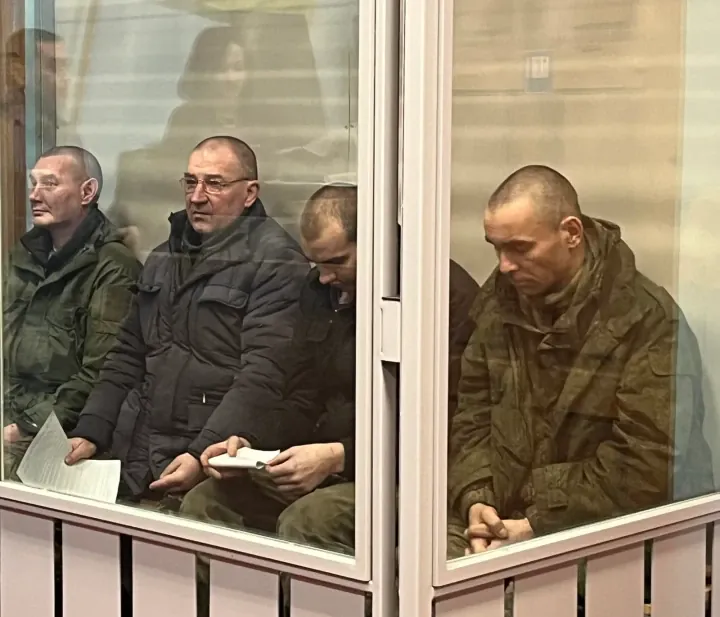
The victims were former members of Ukraine’s Anti-Terrorist Operation (ATO), but had no active military role at the time. Acting on orders from a superior known by the codename “Amur,” the soldiers abducted the men, bound them with plastic ties, and placed bags over their heads before transporting them to a makeshift detention site at the Miner’s Light recreation center in Novoplatonivka. There, the captives were confined in a pit, denied food and water, and subjected to repeated beatings.
One of the victims, identified as “Sotnyk”, was struck multiple times with a hammer on his arms and legs. All four soldiers admitted to their roles in the abuse, acknowledged the actions violated the laws of war, and were sentenced to 11 years in prison. In court, they claimed they were following orders.
Arthur Orlov and the 6th Tank Regiment
Arthur Orlov is a Russian tank officer from Udmurtia with a combat record that spans Syria and Ukraine. A graduate of the Kazan Tank School in 2010, he fought in Syria in 2016 before joining Russia’s full-scale invasion of Ukraine. During the battles near Popasna in the Luhansk region—a city reduced to rubble by Russian shelling—Orlov served in the 6th Tank Regiment of the 90th Division. For his role in those operations, he was awarded the title of “Hero of Russia.”
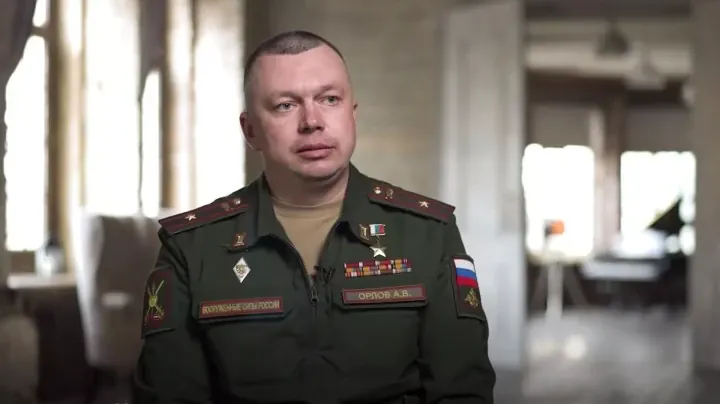
But Orlov’s unit has a darker history. The 6th Tank Regiment has been linked to war crimes during Russia’s occupation of the Kyiv region. In late 2022, Ukrainian law enforcement accused two soldiers from the regiment of raping a pregnant woman and killing her child. A year later, the European Union sanctioned the commander of Orlov’s division, citing widespread killings and sexual violence against civilians during that same occupation.
Despite this, Orlov remains a public figure in Russia—hailed as a war hero and named a finalist in the Kremlin-backed “Time of Heroes” campaign. In September 2024, he was appointed head of the children’s organization “Movement of the First,” where he now plays a central role in the ideological indoctrination of Russian youth.
Military Police
Russian Military Police have marched in formation during both the 2023 and 2024 Victory Day parades, prominently featured among the ranks on Red Square. But behind the polished uniforms is a record of systematic abuse. Since the start of Russia’s full-scale invasion, the Military Police have played a central role in the occupation machine and in the war crimes that have come with it.
They’ve been directly tied to the operation of so-called “filtration camps,” where Ukrainian civilians are registered, interrogated, and often detained under brutal, degrading conditions. Survivors describe torture, starvation, sexual violence, and summary executions. Many are forcibly deported to Russia or disappear into a growing network of black-site detention centers.
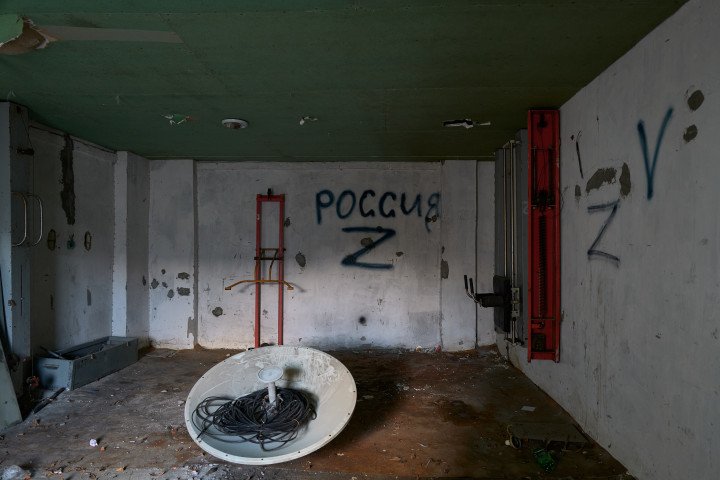
In temporarily occupied parts of the regions like Kherson, Zaporizhzhia, and Donetsk, international investigators have documented a clear pattern: arbitrary arrests, enforced disappearances, and the routine use of torture, often carried out or overseen by Russia’s Military Police. Victims include local officials, journalists, civil servants, and everyday civilians suspected of disloyalty. Some are held incommunicado for months. Others are never seen again.
The UN’s Independent International Commission of Inquiry on Ukraine has described these acts as crimes against humanity. And it doesn’t stop at the camps. Russian Military Police have also been linked to the suppression of peaceful protests, abductions of local leaders, and intimidation campaigns aimed at crushing any form of resistance to the Russian occupation.
Walk of shame
The soldiers marching through Red Square in 2025 will do so with full honors. The annual Victory Day parade, once a commemoration of the Soviet Union’s role in defeating Nazi Germany, has in recent years taken on a new political role: reinforcing the Kremlin’s narrative of continuity between the Soviet victory over fascism and Russia’s current war in Ukraine.
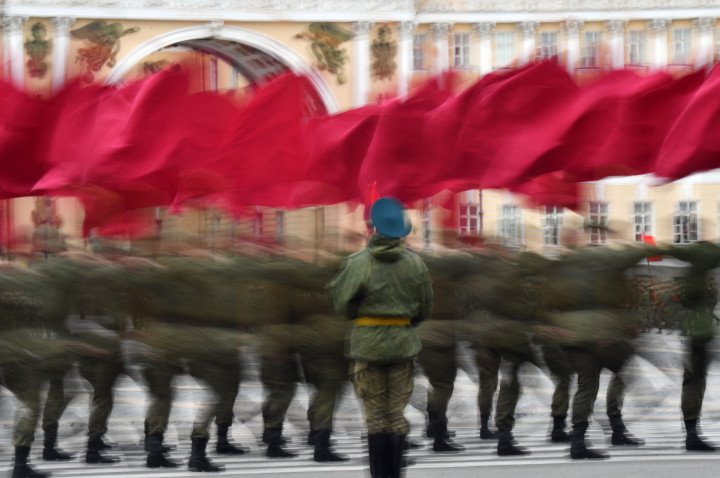
This year’s parade marks the 80th anniversary of the Nazi surrender. But while Russia will hold its celebration on May 9th, most of Europe, including Ukraine, will observe it a day earlier, on May 8th, the date hostilities officially ended.
Despite heavy battlefield losses, economic strain, and international isolation, the parade continues. Vladimir Putin is expected to address the nation, praise Russia’s military’s actions, and frame the ongoing war as a necessary extension of Russia’s historic role as liberator. The event also serves as a platform for recruitment, a projection of strength, and a symbol of internal cohesion.
And who does Russia honor on its Victory Day? Units linked to the Sumy missile strike, the Hroza funeral attack, and torture cases in Borova.
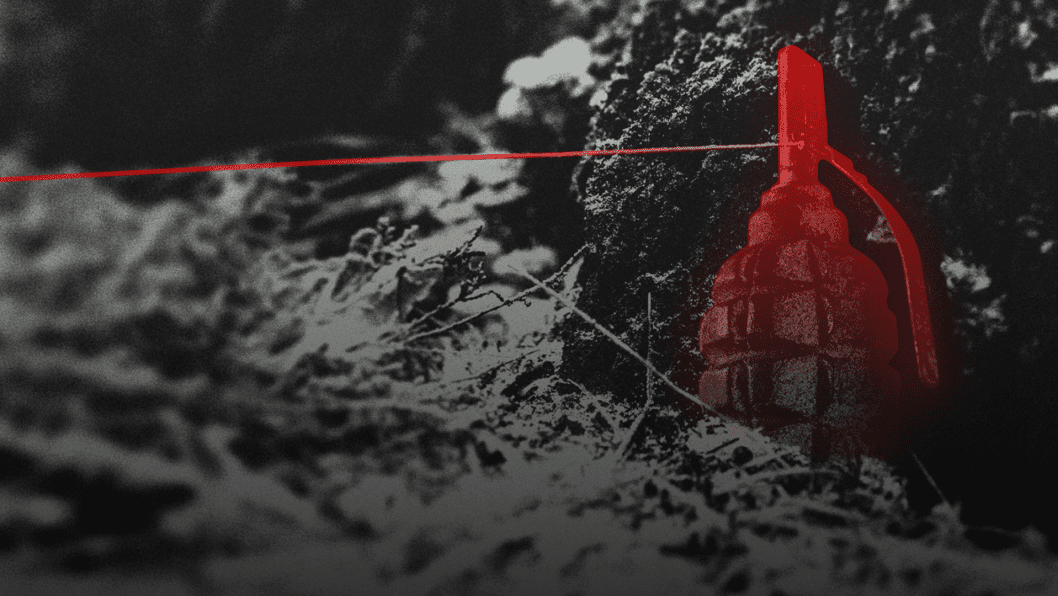

-c42261175cd1ec4a358bec039722d44f.jpg)
-46f6afa2f66d31ff3df8ea1a8f5524ec.jpg)
-6359eca46c72bde40a90abaaadd6eaa8.png)
-29a1a43aba23f9bb779a1ac8b98d2121.jpeg)

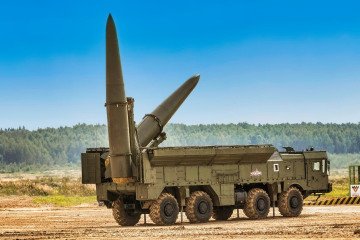
-206008aed5f329e86c52788e3e423f23.jpg)